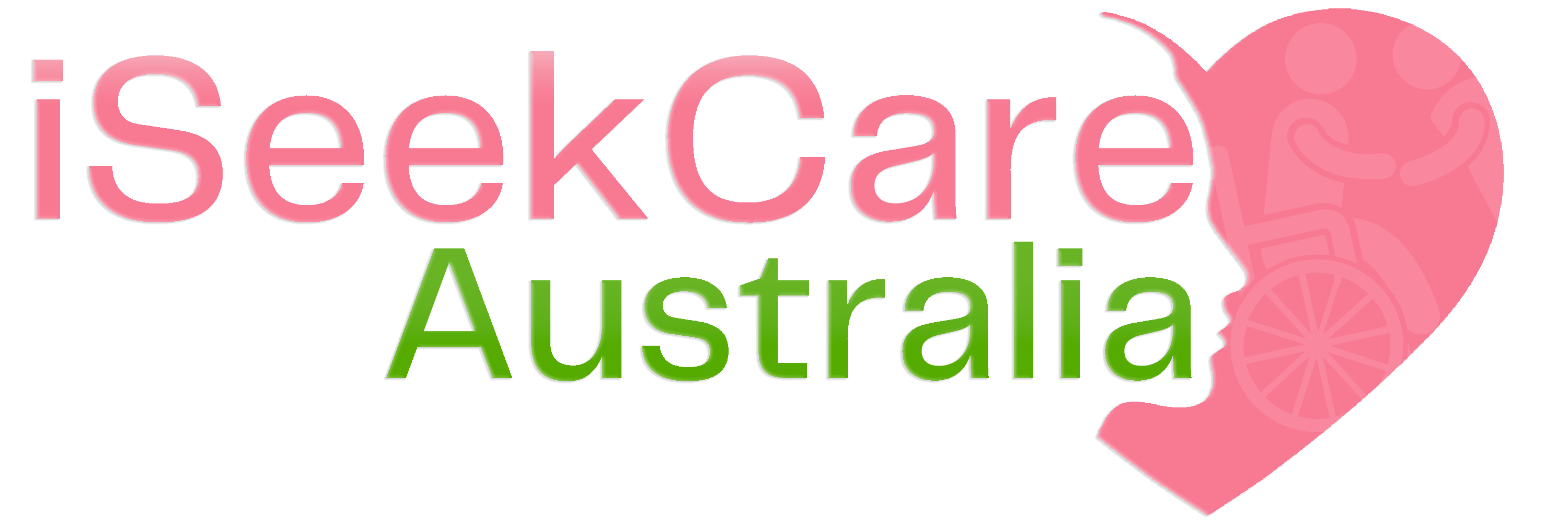Beyond Compliance: Strategies for Effective Disability Inclusion Training
When it comes to disability inclusion, most companies typically aim for meeting compliance standards. However, solely focusing on compliance can limit the potential benefits that a diverse and inclusive work culture can provide your business. By developing and implementing effective disability inclusion training, your company can foster an environment of productivity, creativity, and collaboration among diverse employees. In this post, we will discuss strategies that go beyond compliance and help businesses achieve successful disability inclusion training.

1. Learning Outcomes and Objectives from the training:
Start by identifying the learning outcomes and objectives, so employees understand the importance of disability inclusion in the workplace. This should also include the basic etiquette and communication methods to use when collaborating with people with disabilities. In addition, focus on developing employees’ empathy towards colleagues with disabilities, helping them understand the nuances of specific disabilities, and learn about the latest assistive technology available to support their work.
2. Training Method:
While in-person training has been the go-to method, virtual induction has become a more important method as more businesses have transitioned to remote work arrangements. However, a hybrid model that combines both in-person and virtual training can be more effective. The hybrid approach provides the flexibility of virtual training while still incorporating a personal connection with in-person sessions.
3. Visible Leadership:
It is critical for leadership to be visible in their commitment towards an inclusive culture. If senior management demonstrates their support by attending induction sessions, recognising the contributions of employees with disabilities, and providing the necessary accommodations, employees will be more likely to take notice. Inclusivity should be a visible and integral part of the company culture, and leadership is essential to make that happen.
4. Continuous Improvement from the training:
Disability inclusion training isn’t a single event; it should be an ongoing process with continuous improvements. Ask for feedback from employees, particularly those with disabilities, on improving future training sessions. This feedback can help identify potential gaps in the training and suggest additional topics for future training sessions.
5. Inclusivity as a company value
Inclusivity and diversity should be company values that are reflected in the overall cultural of the company. This can go beyond disability inclusion and encompass all types of diversity, from race, gender, and sexual orientation to socioeconomic status. When inclusivity and diversity are values that are prioritized and celebrated by the company and its employees, the workplace will be a exemplar of diversity and inclusion.
Conclusion:
Disability inclusion training is a valuable means of achieving a more inclusive workplace culture, which ultimately leads to a better and more profitable business. It’s important to go beyond the basics of compliance and address the root causes of social injustice, discrimination, and bias in the workplace. By doing this, we can create strategic, innovative, and adaptable organizations with empowered employees, improved customer retention rates, and a positive impact on communities. Let’s get started and make inclusion a reality for every type of employee.



